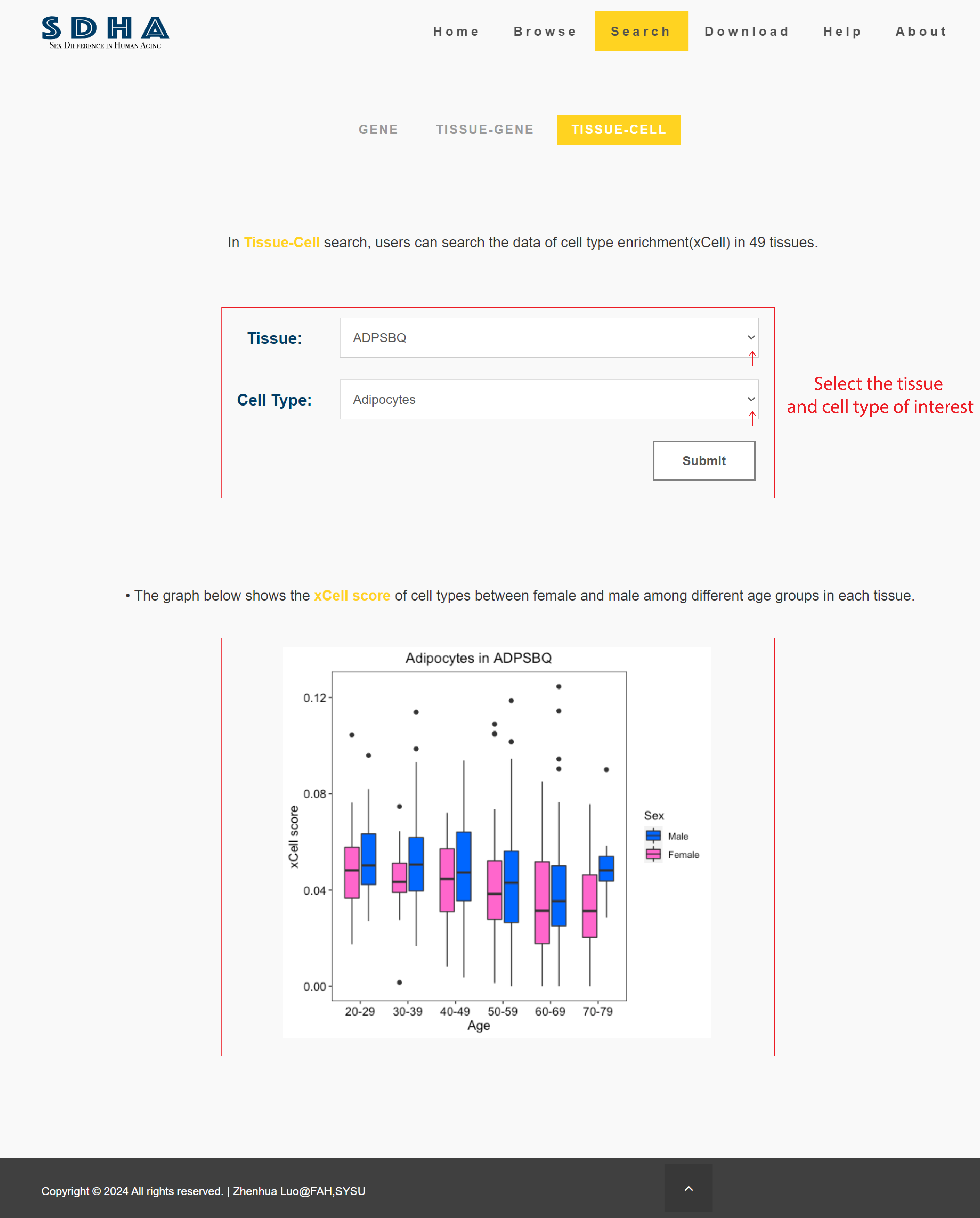| Abbreviation | Tissue Site Detail |
|---|---|
| ADPSBQ | Adipose_Subcutaneous |
| ADPVSC | Adipose_Visceral (Omentum) |
| ADRNLG | Adrenal Gland |
| ARTAORT | Artery_Aorta |
| ARTCRN | Artery_Coronary |
| ARTTBL | Artery_Tibial |
| BRNAMY | Brain_Amygdala |
| BRNACC | Brain_Anterior cingulate cortex (BA24) |
| BRNCDT | Brain_Caudate (basal ganglia) |
| BRNCHB | Brain_Cerebellar Hemisphere [Frozen] |
| BRNCHA | Brain_Cerebellum [PAXgene] |
| BRNCTXA | Brain_Cortex [PAXgene] |
| BRNCTXB | Brain_Frontal Cortex (BA9) [Frozen] |
| BRNHPP | Brain_Hippocampus |
| BRNHPT | Brain_Hypothalamus |
| BRNNCC | Brain_Nucleus accumbens (basal ganglia) |
| BRNPTM | Brain_Putamen (basal ganglia) |
| BRNSPC | Brain_Spinal cord (cervical c-1) |
| BRNSNG | Brain_Substantia nigra |
| BREAST | Breast_Mammary Tissue |
| LCL | Cells_EBV-transformed lymphocytes |
| FIBRBLS | Cells_Cultured fibroblasts |
| CLNSGM | Colon_Sigmoid |
| CLNTRN | Colon_Transverse |
| ESPGEJ | Esophagus_Gastroesophageal Junction |
| ESPMCS | Esophagus_Mucosa |
| ESPMSL | Esophagus_Muscularis |
| HRTAA | Heart_Atrial Appendage |
| HRTLV | Heart_Left Ventricle |
| KDNCTX | Kidney_Cortex |
| LIVER | Liver |
| LUNG | Lung |
| SLVRYG | Minor Salivary Gland |
| MSCLSK | Muscle_Skeletal |
| NERVET | Nerve_Tibial |
| OVARY | Ovary |
| PNCREAS | Pancreas |
| PTTARY | Pituitary |
| PRSTTE | Prostate |
| SKINNS | Skin_Not Sun Exposed (Suprapubic) |
| SKINS | Skin_Sun Exposed (Lower leg) |
| SNTTRM | Small Intestine_Terminal Ileum |
| SPLEEN | Spleen |
| STMACH | Stomach |
| TESTIS | Testis |
| THYROID | Thyroid |
| UTERUS | Uterus |
| VAGINA | Vagina |
| WHLBLD | Whole Blood |
There are three main functions in search page.
1. Gene Search Purpose: Identify if a gene is significantly up-/down-regulated with age and whether it is common or sex-specific. How to Use: Enter the gene name in the search bar and click "Search."

2. Tissue-Gene Search
Purpose: Explore age-associated genes in specific tissues.
How to Use:
- Select the tissue.
- Choose the sex (Male, Female).
- Specify the regulation (Up-regulated, down-regulated).
- Click "Submit."

3. Tissue-Cell Search
Purpose: Access data on cell type enrichment (xCell) in various tissues.
How to Use:
- Select the tissue.
- Choose the cell type.
- Click "Submit."
